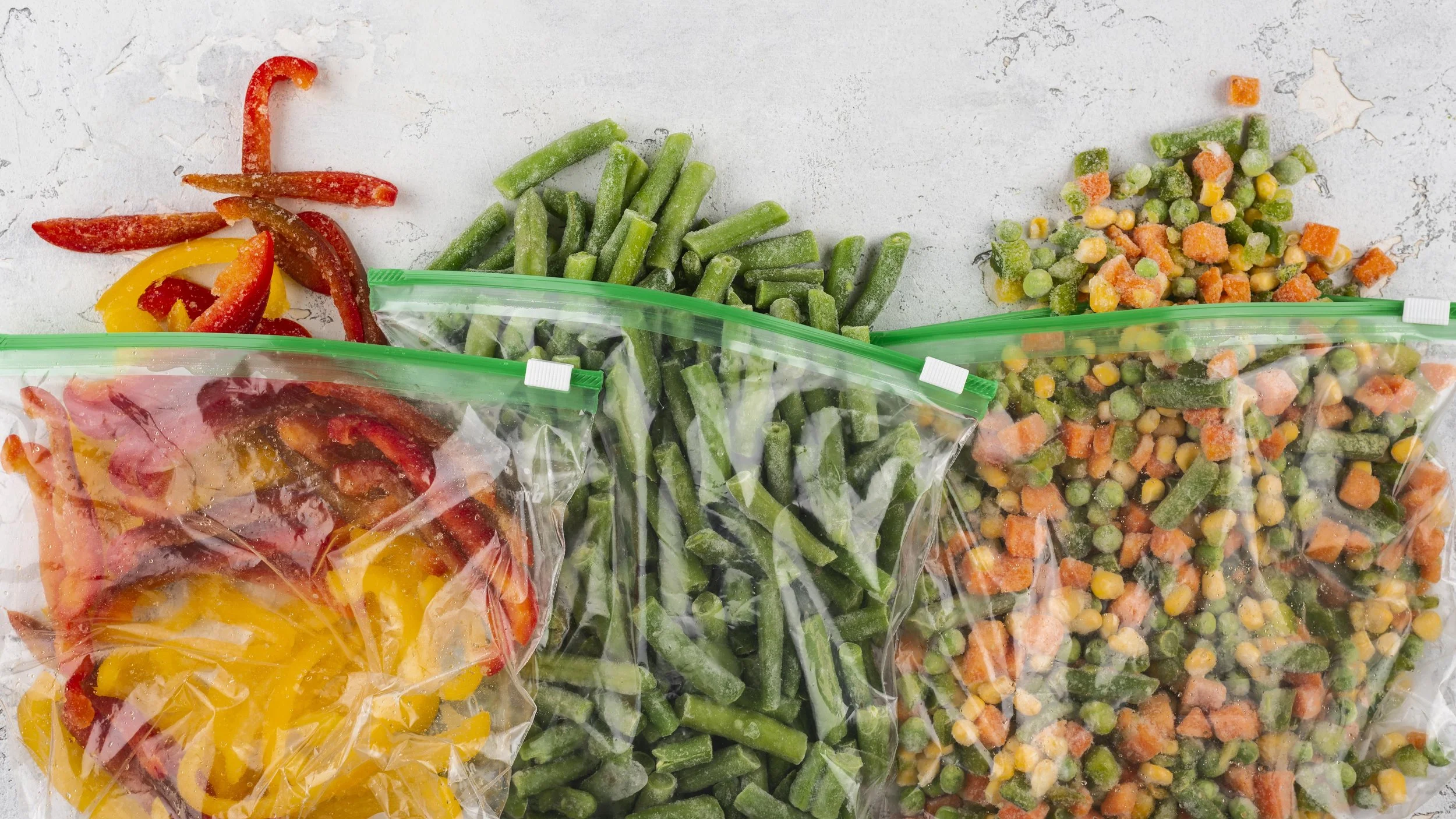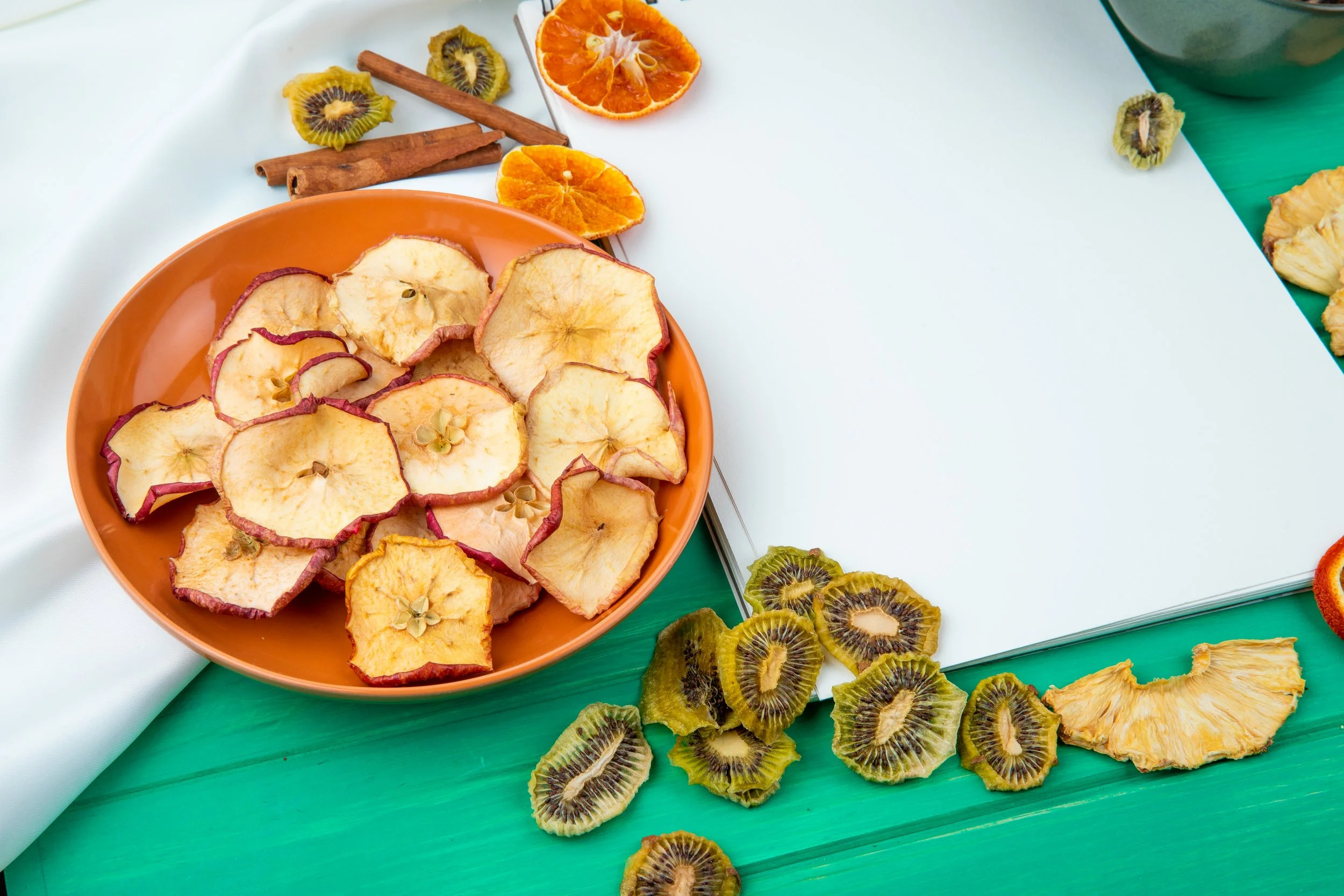Sustainable Kitchen: 5 Simple Ways to Preserve Food at Home
Food waste is a major contributor to environmental issues, and with a little knowledge, we can all reduce our impact at home. Preserving food not only keeps groceries fresh longer but also prevents spoilage and helps save money. Here are five easy, effective techniques that anyone can incorporate into their daily kitchen routine.
1. Freeze Smart: Prep and Portion Before Freezing
Freezing is one of the simplest ways to preserve food, especially if you're dealing with produce that ripens quickly or leftovers that could go to waste. Freezing can extend the life of fruits, vegetables, meat, and even cooked dishes. But the trick is to prep and portion food correctly before freezing it.
Chop fruits and vegetables before freezing. For example, slice bananas into coins and chop peppers into strips. You can freeze them on a baking sheet first to prevent clumping, then transfer them to airtight bags.
Blanch vegetables like broccoli, spinach, and beans before freezing. This preserves flavor, color, and nutrients.
Label and date everything you freeze. It’s easy to forget what’s in your freezer, and having a system will help you rotate items and avoid freezer burn.
2. Use the Power of Pickling
Pickling is a time-tested method that can turn your surplus vegetables into tangy, crunchy delights. Whether it's cucumbers, carrots, or even fruits like peaches, pickling enhances flavor and extends shelf life.
Steps for Quick Pickling:
Prepare your vegetables by slicing or chopping them into uniform pieces.
Make a simple brine of vinegar, water, salt, and sugar, adjusting the ratios based on your taste preferences. Add spices like mustard seeds, peppercorns, or dill for extra flavor.
Pack the vegetables into sterilized jars and pour the brine over them. Close the jars tightly and refrigerate them. They’ll be ready in a day or two!
Tip: Quick pickles stored in the fridge will stay good for about 2-3 weeks. If you want to store them long-term, you’ll need to process the jars in a hot water bath to create a vacuum seal.
3. Dehydrate Fruits and Veggies
Dehydrating is another excellent way to preserve food, especially for items that might otherwise go bad quickly. By removing moisture, dehydration prevents the growth of bacteria, molds, and yeasts. Plus, dried food takes up much less space and can be stored for months.
How to Dehydrate:
Fruits: Apples, bananas, and strawberries work great for dehydration. Simply slice them into even pieces. For apples, you might want to dip them in lemon juice to prevent browning.
Vegetables: Tomatoes, zucchini, and even herbs like basil or parsley are perfect candidates for drying.
Use an oven or dehydrator: Set your oven to the lowest temperature (around 140°F or 60°C) and let the food dry out for several hours. You can also use a dehydrator, which is designed for this purpose.
Store dehydrated foods in airtight containers like mason jars or vacuum-sealed bags to extend their shelf life.
4. Canning: A Traditional Method for Long-Term Storage
Canning is an age-old technique that has stood the test of time. By using heat and vacuum sealing, canning allows you to store food for months or even years. If you have access to seasonal fruits or vegetables, canning is a great way to enjoy them year-round.
Steps for Basic Canning:
Prepare your food: You can can vegetables, fruits, jams, jellies, and sauces.
Sterilize jars: Clean your jars and lids in hot water, then keep them hot until ready to use.
Pack jars with your prepared food, leaving some space at the top.
Process jars: Use a water bath or pressure canner, depending on the type of food you’re preserving. For example, tomatoes often require water bath canning, while meats or low-acid foods need a pressure canner.
Store: Once sealed and cooled, store jars in a dark, cool place. Canned foods can last up to a year or more if stored properly.
5. Save Scraps for Broth or Compost
One of the best ways to make the most out of your food is to save scraps. Veggie peels, herb stems, bones, and even wilted greens can be used to make homemade broths or compost. Instead of throwing these away, turn them into something useful!
How to Make Broth:
Collect veggie scraps like onion skins, carrot ends, celery leaves, garlic peels, leaf stems (such as beetroot, cabage or cauliflower).
Store them in a freezer bag until you have enough to make a large batch.
Simmer the scraps in water for 1-2 hours with herbs (rosemary, thyme) and spices (peppercorns, bay leaves). Strain out the solids, and you’ve got a rich, flavorful broth for soups and stews.
For scraps you can't use, compost them to enrich your garden soil and close the food cycle.
Final Thoughts
Preserving food at home doesn’t have to be intimidating. Whether you’re freezing, pickling, dehydrating, canning, or even saving scraps, there are plenty of simple ways to reduce waste and make the most of your groceries. Start small with one technique, and over time, you’ll get the hang of it — and help reduce food waste along the way!
Happy preserving! 🥕🌽





